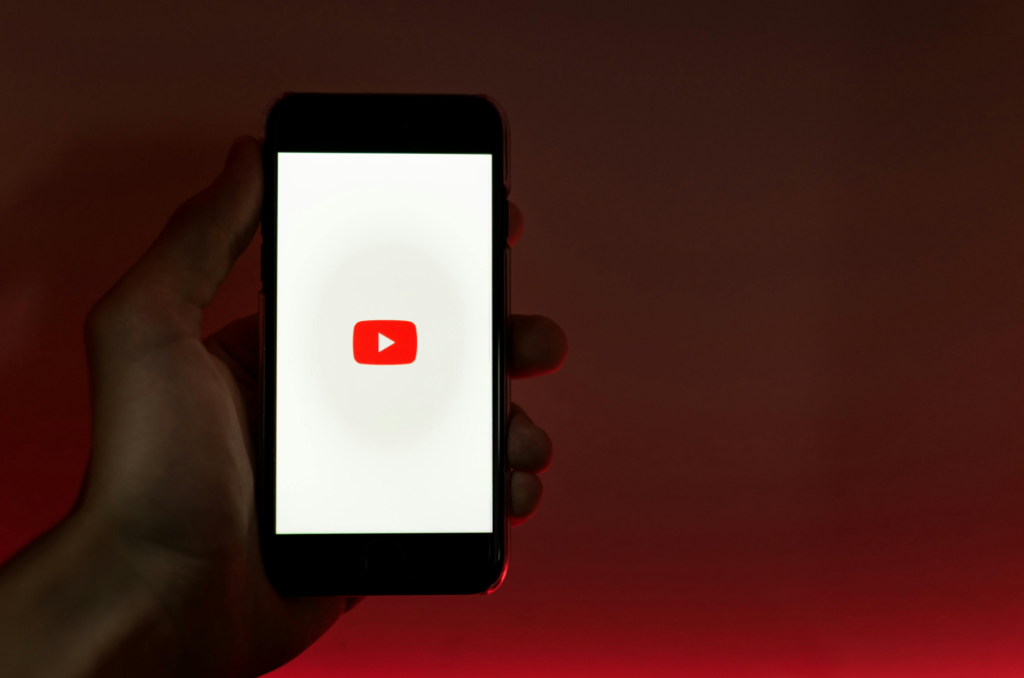How to Drive New Audio Listeners and Boost Your Podcast Growth: Chris Williamson
Driving new audio listeners to your podcast can feel like an uphill battle, especially when there are no obvious “growth hacks” left in the space.
In a recent episode of the Creator Science Podcast, Chris Williamson, the host of Modern Wisdom, shared his experience on growing his podcast and offered practical advice for podcasters looking to boost their listenership, answering how to start a podcast for free.
Below, we’ll unpack some of the key strategies Chris shared and how you can apply them to your own podcast.

The Challenge of Growing an Audio-Only Podcast
One of the core challenges Chris discusses is that there are fewer growth hacks available for audio-based platforms compared to video platforms like YouTube.
He emphasizes that growing a podcast is a long and steady journey, where consistency and high-quality content are paramount.
Unlike YouTube’s algorithm, which can push content to new viewers through recommended videos or trending topics, audio platforms don’t offer the same organic discovery mechanisms.
Chris compares his podcast growth over time to a slow, creeping line—one that can make even past successes seem insignificant in hindsight.
Each stage of growth, whether it’s two years ago, one year ago, or six months ago, feels like a significant achievement until you move past it.
For him, it all comes down to reps—putting in the time and effort, episode after episode, to grow an audience.
However, Chris points out that networking with big-name guests can be a significant way to jumpstart growth, especially in the podcasting world.
High-profile guests can bring their own audience to your show, expanding your reach in ways that a purely organic approach might not achieve.

Networking and Getting Big-Name Guests on Your Podcast
Chris explains that having well-known guests on your podcast not only brings in new listeners but also builds your own credibility as a host. He mentions how his pitch emails have evolved over time.
While they used to be long and verbose, today, he only needs a couple of sentences listing the notable guests who’ve appeared on his show. This concise approach signals the podcast’s value without overloading the recipient with unnecessary details.
His advice for podcasters is to reach out to potential guests—a DM costs nothing. Many people are flattered by the invitation to be a guest, especially if the message is genuine and brief. The key is to take as many shots at goal as possible, knowing that many will land.
Chris also underscores the importance of relationship building. Once you’ve had a guest on your show, it’s important to nurture that relationship.
For instance, he recommends sending a simple follow-up message when the guest has significant personal news—like the birth of a child or a new project release. These small gestures of kindness keep you top of mind when they’re considering future podcast appearances.

Where Should Podcasters Focus Their Efforts?
For podcasters starting out or looking for actionable tips to grow their audience, Chris suggests focusing on 80/20 activities—the 20% of actions that yield 80% of the results.
The biggest growth lever for podcasting, in his experience, has been networking with well-known guests.
Building connections and leveraging existing relationships can help you attract guests who bring a larger audience to your show.
Chris also encourages podcasters to optimize for audio quality first.
While video is important (especially if you’re posting on YouTube), the audio experience is what keeps listeners engaged.
He suggests investing in a good microphone, like the Blue Yeti, and getting your sound quality right before worrying too much about video production.
Lighting is also critical for video podcasts, but it doesn’t have to break the bank—simple LED panels can work wonders.

Practical Tips for Remote Interviews
When it comes to remote interviews, especially for YouTube, Chris offers a series of practical tips to maintain engagement and grow the show:
- Prioritize Audio: Ensure your sound quality is high—listeners will forgive lower video quality but not poor sound.
- Invest in Lighting: Basic LED lighting can drastically improve the visual appeal of your video, even more than upgrading your camera.
- Editing and Thumbnails Matter: The first 15-20 seconds of your video need to grab attention. Create compelling thumbnails and titles that open a curiosity loop to make people want to watch.
- Consistency is Key: Publishing regularly is crucial for growth on YouTube. Chris suggests posting at least one to two videos per week. If possible, break your podcast episodes into multiple clips to maintain a steady posting schedule.
Chris also notes that YouTube is continuously evolving to make it easier for long-form and short-form content to coexist on the platform.
He predicts that in the future, creators will have the ability to manage multiple types of content under one umbrella channel, allowing for more flexibility in how they release and promote their content.

Should You Focus on Clips or Shorts?
When asked whether it’s better to focus on clips or shorts, Chris leans heavily toward clips. In his experience, clips generate far more subscribers and engagement than shorts, even when shorts garner millions of views.
He estimates that clips bring in 10-20 times more subscribers than shorts, making them a much more effective growth tool for podcasters.
Chris’s rationale is that clips are a better way to drive long-term engagement because they provide more value and context than a short snippet.
Clips allow you to highlight the most interesting and insightful parts of your episode, giving potential listeners a reason to check out the full show.
That being said, Chris acknowledges that shorts can still be useful—particularly because they require less effort to produce.
He outsources his shorts production, allowing him to focus on higher-value tasks like editing full episodes and creating clips.

Lessons Learned from Creating Clips
One of the unexpected benefits of creating clips, Chris says, is that it teaches you how to identify the most engaging parts of an episode.
As you comb through your content to find the best moments for clips, you start to develop an instinct for what resonates with your audience.
Over time, this helps you create episodes that are packed with more of those high-value, shareable moments.
Once you start stringing together more of these engaging moments, the overall quality of your podcast improves.
It becomes a cycle of continuous improvement, where your focus on creating good clips informs how you structure future episodes.

Key Takeaway for How to Start a Podcast for Free: Keep Going
At the end of the day, Chris’s advice for growing a podcast boils down to consistency, relationship building, and producing high-quality content.
There’s no magic bullet or shortcut to success—it’s about putting in the reps, connecting with influential guests, and continually improving your content.
For those in the early stages of podcasting, Chris’s story is both motivational and practical. The slow growth he experienced in the early years of his podcast is a reminder that success often doesn’t come quickly.
However, by staying the course, focusing on the right areas, and leveraging the power of networking, you can build a show that steadily grows over time.
So if you’re feeling discouraged by the slow pace of your podcast’s growth, remember Chris’s advice: just keep going.
(Source: Creator Science Podcast featuring Chris Williamson)




